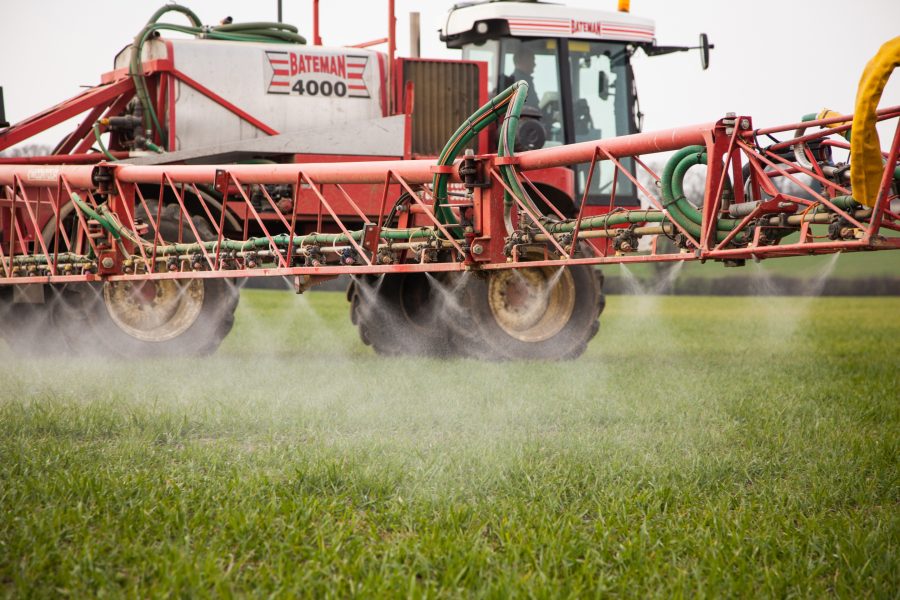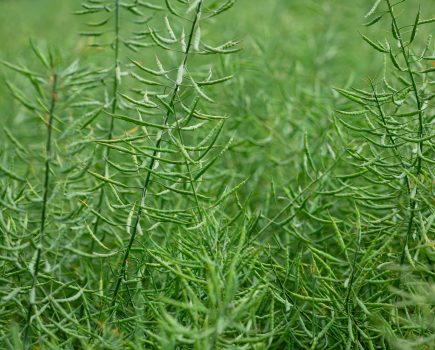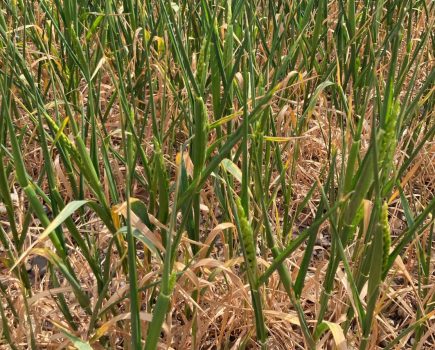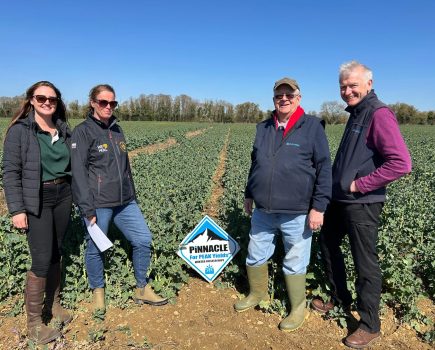Growers planning to apply a pre- or post-emergence herbicide to late-sown crops must be aware of the potential risks to crop safety and efficacy where conditions are sub-optimal, warns David Shepard Hutchinsons agronomist based in Canterbury.
After an exceptionally wet autumn across much of the UK, drilling of winter crops has been disrupted, with some growers eager to seize any opportunity to get remaining crops in. Even if it is possible to get back on the land, however, wet soils present real challenges for crop establishment and weed control.
Where crops have been drilled or mauled in during late November, rough seedbeds will inevitably reduce the efficacy of residuals and increase the risk of damage.
Any crops that have been broadcast onto seedbeds rather than drilled should not be treated with residual chemistry due to the risks of crop damage. Indeed, herbicide manufacturers do not support the use of their products in such situations. Risks are increased because seed will be germinating within the zone of herbicide activity, rather than growing through it, so will be more susceptible to adverse effects.
For winter beans, avoid any temptation to apply pre-ems when the crop is emerging or has already emerged.
A further consideration arises where crops have been water stressed. In such cases it is possible that rooting will have been affected (although this should be assessed case-by-case), which could increase the risk of crop damage if soils stay wet after application.
I must also point out that many products should not be used on soils that are waterlogged with drains flowing or prone to waterlogging. This includes where growers are applying propyzamide to oilseed rape, although in such cases there is still sufficient time to get sprays on and still expect good efficacy before the application window closes at the end of January.
Where other crops are still to be drilled, good conditions may yet emerge for product use, but there may be further tank-mix and or timing constraints. Much of what and/or when we can do things will be greatly dependent on drilling depth, seedbed and soil conditions.
Growers are also reminded that any winter cereal sown after the end of January is then classed as a spring cereal by the Health and Safety Executive’s Chemical Regulation Division, which reduces the herbicide options available, especially given recent changes to the extension of aduthorisations for spring crops.
Beware BYDV
A mild, wet autumn has been ideal for aphids, so where growers are applying post-emergence herbicides to crops that have exceeded 170 day degrees since emergence or the last aphicide application, consider including a pyrethroid.
For those in high-risk areas, it may even be necessary to treat crops just for aphids if need be.
Although the recent cold spell will help to slow aphid activity, aphids can survive relatively cold conditions and will become more active again as soon as conditions are warm enough.
Grain aphid (Sitobion avenae) can withstand temperatures down to -8 degrees Celsius or more, while the bird cherry-oat aphid (Rhopalosiphum padi) is allegedly able to survive at -0.5°C for up to 48 hours.
Monitoring shows there is more virus in aphids this autumn, and there are plenty of them around, so applying a treatment at the right time can be a worthwhile insurance policy to mitigate the risks. It only takes a mild day or two and we’ll see more aphid flights, so growers in high-risk areas in particular need to be vigilant.
Waiting until the spring T0 fungicide is too late. A lot of the barley yellow dwarf virus (BYDV) in the 2022/23 crop was spread in the winter/early spring, before the T0 was applied. Also, remember that once crops reach growth stage 30 moving into 31, there is no need to treat for aphids because the virus coming in after that stage is less significant and the damage will have already been done.







